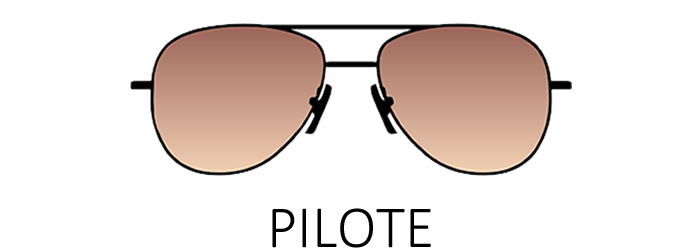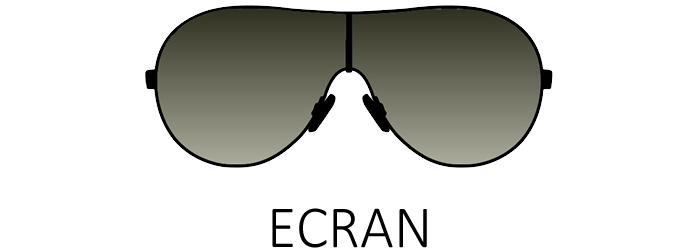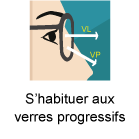How to read your prescription
Hyperopia, myopia, astigmatism and presbyopia are the main ocular defects that glasses can correct.
Some abbreviations commonly used on your prescription:


Focus on existing ocular defects
|
Astigmatism can be added to the defects already mentioned |
Presbyopia is a natural phenomenon of one's visual capacities. |
||
 |
When choosing your lenses, you must enter values ??for |
||

How to read your Prescription ?
 |
Hyperobia The numbers outside the parentheses, preceded by the + match an hyperopia. |
|
 |
|
 |
Myopia The numbers outside the parentheses preceded by the - match a myopia. |
|||
 |
Astigmatism The numbers in brackets correspond to astigmatism, the number that follows is expressed in degrees and corresponds to the orientation of the astigmatism. |
 |

Sample of prescriptions for distance vision (single vision lenses) :



Sample of prescriptions for progressive lenses (distance and near vision) :

 |
HIGHER the CORRECTION, THICKER are the corrective LENSES (at the edge for (-), at the center for (+)). |
























